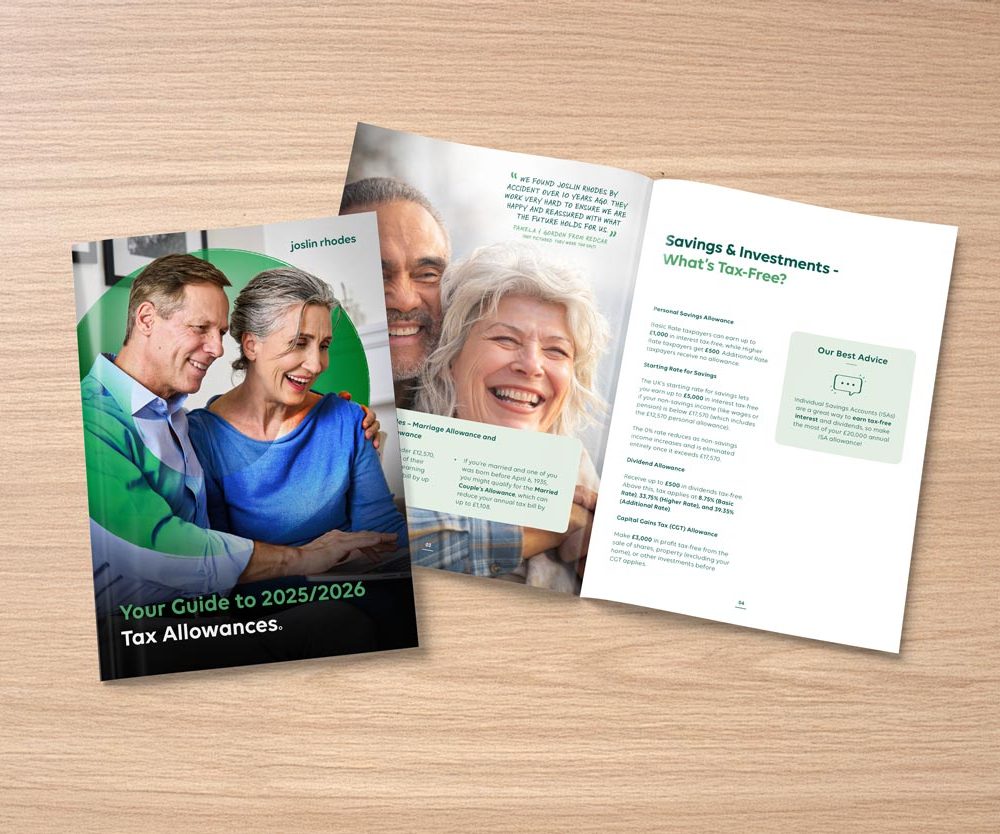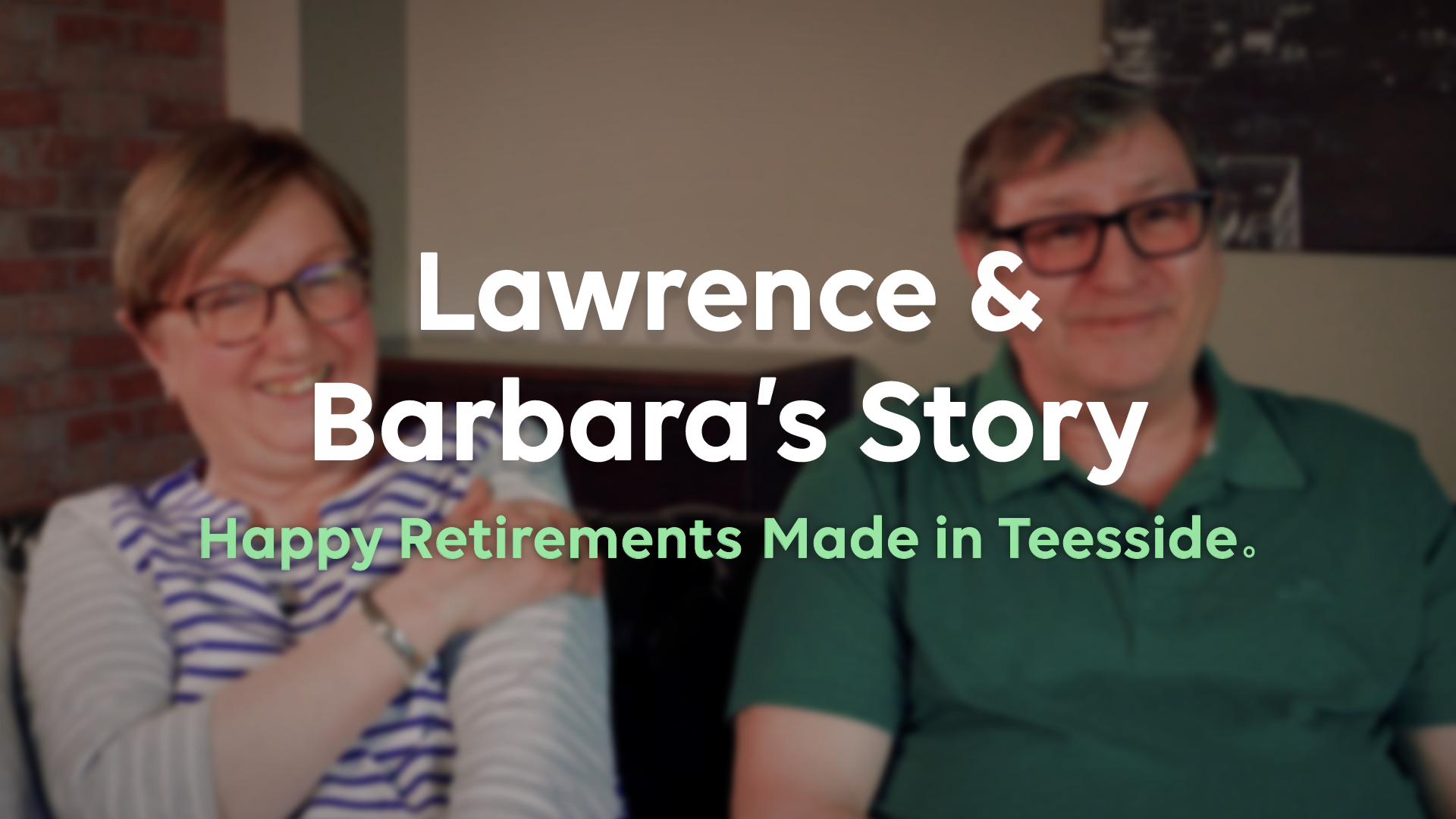But with the right knowledge, you can keep more of your hard-earned money in your pocket – where it belongs!
So, if you’re looking to protect your retirement income, boost your pension savings or leave a legacy for loved ones, download our new 2025/2026 Tax Allowance Guide.







